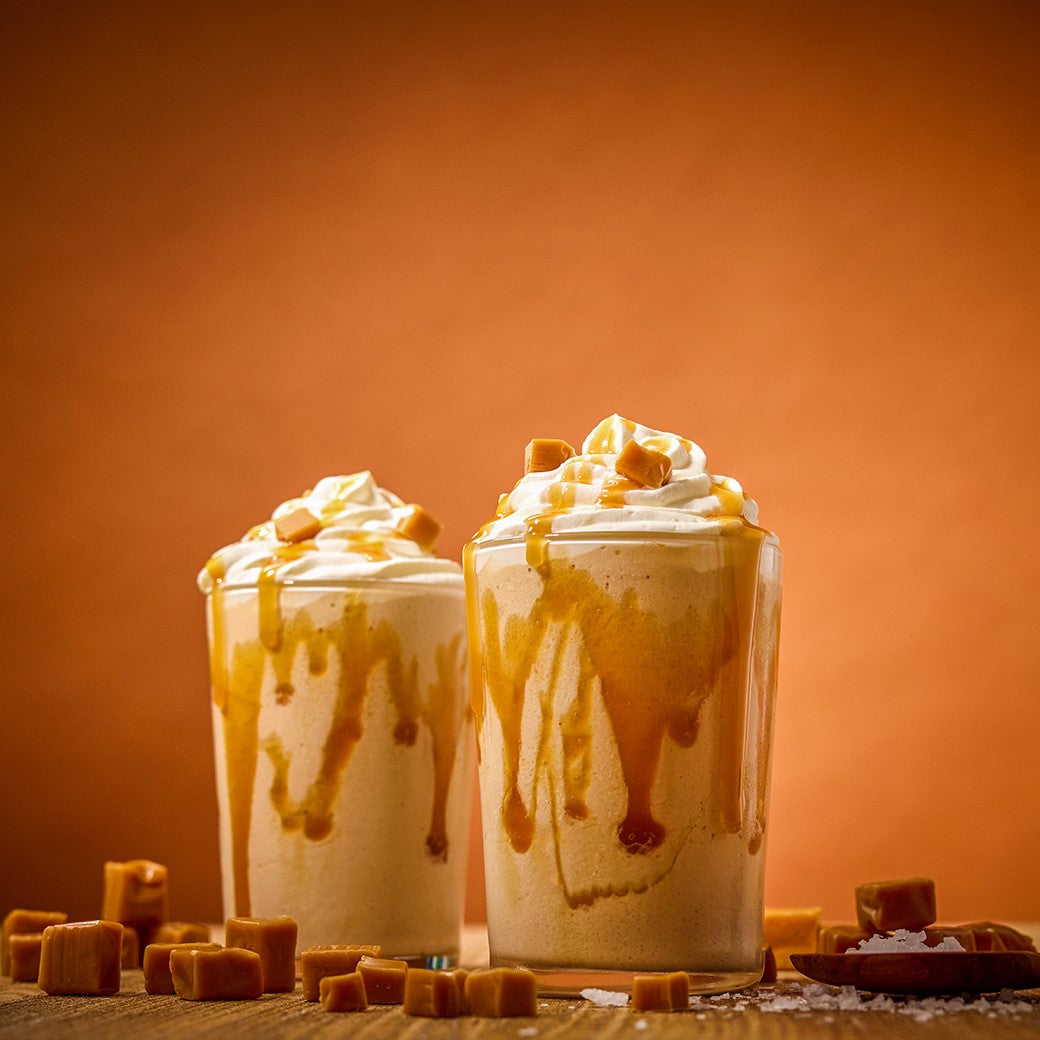Plastic Straw Ban

Chances are, you’ve heard of the plastic straw ban taking place across the globe. What started as a social media campaign, has evolved into a massive global movement prompting corporate giants such as McDonald’s to pull plastic straws entire countries, individual restaurants to opt for more eco-friendly options, and even major cities such as Seattle to plans bans on the product.
The plastic straw ban has led to a massive influx of alternative material straws hitting the market. Some of the most popular alternatives consist of glass, paper, stainless steel, and silicone straws. Now more than ever, environmentally conscious consumers are leaning towards the reusable options, with some even opting for trendy carrying cases to tote theirs around. Not only do reusable straws contribute to a healthier environment but they promote individualism amongst the consumers.
While some people are upset with the ban, it is important to note how big of an environmental impact this small measure will have.

According to The National Park Service, 500 million straws are used in the United States EVERY day. 500m is a tough number to imagine, so let’s put some context around this. Assuming that the average straw is 8 inches in length (or ¾ of a foot) this means that 375 million feet of straws are used per day. At 5,280 feet per mile, there are over 71,000 miles of straws used in the U.S. each day. The birds-eye distance from Los Angeles to New York is roughly 2,500 miles. This means that each and every day, enough straws are used to make a continuous line from Los Angeles to New York 28 times. Every year, that’s enough straws to go to the moon and back 5 times. Again, this is JUST in the United States alone.
In short, there is a LOT of unnecessary plastic going into our landfills and oceans. Even worse, it’s not going away any time soon. Plastic straws can take up to 200 years to decompose in the environment. Those that don’t make it to a landfill or get recycled, end up polluting our rivers, lakes, and oceans. Marine life is suffering the consequences as fish, birds, and marine mammals are being found with straws stuck in their stomachs. It’s nearly impossible to walk any public beach without seeing straws littered in the sand, and many of us watched in horror as the video of the turtle with a straw stuck in its nose went viral last year.
Now, many of you may argue that plastic straws are just a tiny fraction of the world’s plastic pollution, and there are bigger fish to fry. You are correct. However, plastic straws are one of the products that a vast majority of us don’t really need. Short of having a medical condition, there are very few drinks that actually require the use of a straw. When you’re out at a restaurant, you might consider a straw in your glass of water as a convenience, but it would truly have zero impact on your life if no straw were included.
The fact that straws are just a vanity makes them a powerful starting point for attacking ocean pollution. Anti-straw activists don’t need to change any laws or create new legislation to have an impact. Simply making consumers aware of the issue is enough to decrease the amount of plastic pollution. This opens the floodgate for similar initiatives to have lasting global impacts.
While a plastic straw ban isn’t going to save the earth, it’s one step of many that will contribute to a healthier environment. The next time you’re having a drink at a restaurant, ask yourself, “Do I truly need a straw?” If not, pick up the glass and sip it like the adult you are. You can do it.




